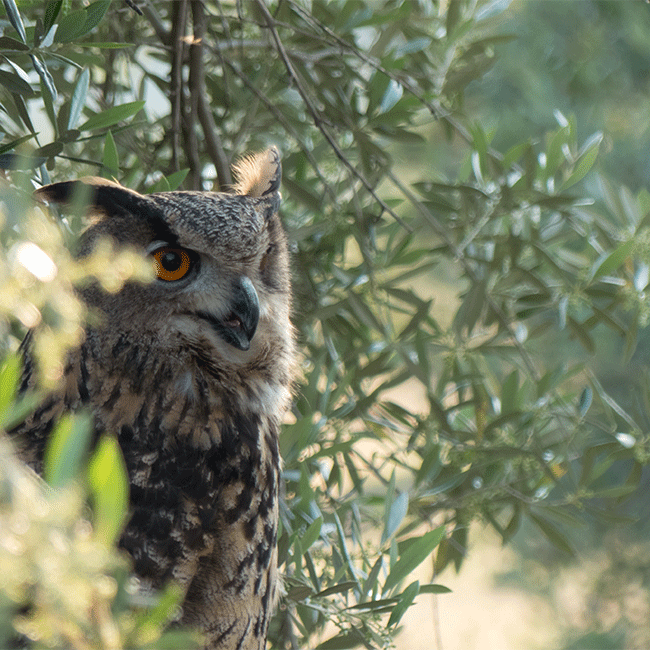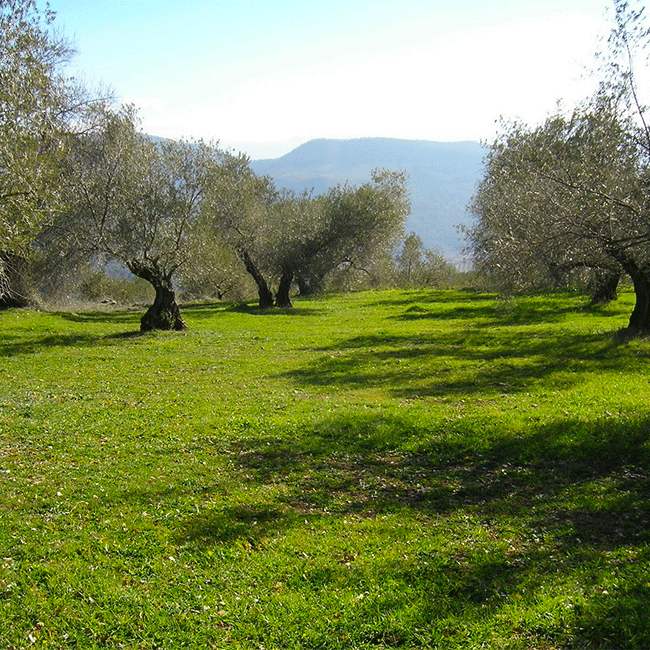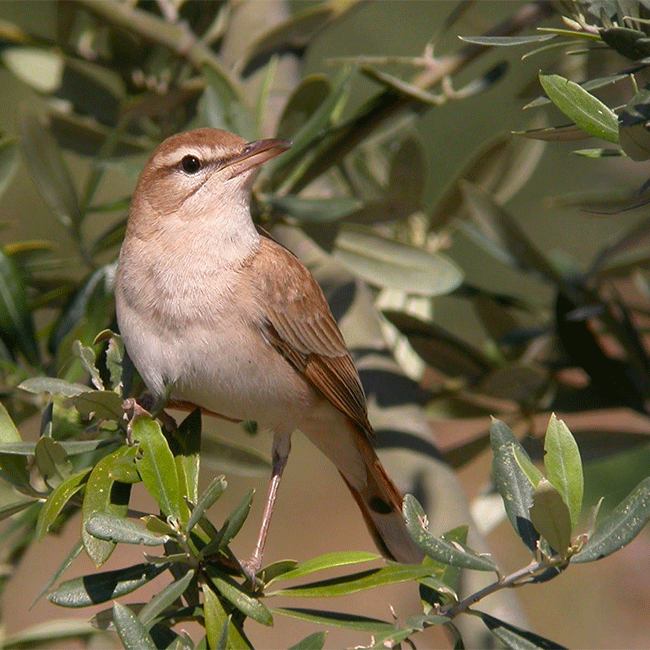.png.transform/rendition-xs/image_image%20(1).png)
Olivares Vivos: Biodiversity and Value-Added Olive Oils from Spain
You probably have a bottle of olive oil in the kitchen, but have you ever really thought about where it comes from? We’re not talking about the olive groves where those olives are grown—highly unique ecosystems with diverse flora and fauna.

For thousands of years, the olive groves have been intertwined with the cultural heritage and landscape of the Mediterranean. There are roughly 5 million hectares of olive groves in the region and Spain is home to slightly more than half of them, and within Spain, Andalusia has 1.5 million hectares dedicated to olive growing.
Over the years, the olive groves have seen a marked, and worrying, decline in biodiversity but, in an attempt to reverse the situation, the LIFE Olivares Vivos project was born.
The origins of the Olivares Vivos project
Spanish olive groves started to see the effects of an environmental crisis at the end of the 1980s when the European Union’s Common Agricultural Policy came into force. Unfortunately, the policy led to an enormous decline in biodiversity in the olive groves and mass production of oils drove the olive groves to the point of economic, social and environmental unsustainability.
According to José Eugenio Gutiérrez, the LIFE Olivares Vivos project coordinator, conservationists and scientists in Jaén, Andalusia, were concerned and wanted to revitalize the biodiversity for one of the most important crops in all of Europe. Moreover, they recognized that without profitability there is no sustainability, so it was important for the olive groves’ biodiversity to be tied to their profitability. With that in mind, “Olivares Vivos [was created to] address the groves’ environmental and economic problems and to find solutions while also involving consumers.”
How the project Olivares Vivos is organized

LIFE Olivares Vivos aims to establish and certify a profitable olive growing model that is compatible with biodiversity preservation and allows for the production of extra virgin olive oils that are certified with a quality seal. Olive oils with the Olivares Vivos seal come from olive groves that have significantly increased the diversity of their flora and fauna and have the scientific guarantee to prove it.
The project commenced in 2015, financed by the European Commission and the Communal Olive Grove Property Foundation and coordinated by SEO/BirdLife.
It includes actions such as managing the herbaceous cover, planting indigenous shrubs and herbaceous species, and developing functional elements (e.g. boxes, ponds and fountains) to provide shelter for fauna.
Of course, to determine whether or not these actions are working, olive grove biodiversity must be accurately measured, before and after the actions are implemented. The University of Jaén’s Ecology Department and the CSIC’s Experimental Station of Arid Zones are responsible for analyzing the olive groves’ evolution over the course of the project, using scientific data and a predetermined methodology. Specifically, they are analyzing arthropods, vegetable species and birds. By using this type of approach, they will be able to confirm if the project contributed to biodiversity recovery.
The methodology was as follows: In 20 olive groves in Andalusia, the olive growing model designed to recover flora and fauna was implemented while another 20 olive groves were chosen and left untouched. The groves selected were chosen using scientific criteria to ensure that all types of olives were represented.
The biodiversity of these 40 olive groves was measured over the course of a year, and after the revitalization plans were complete, the biodiversity in all of the groves was measured again to see if there was any noticeable impact.
Positive results to date

According to Gutiérrez, the project has yielded many interesting results thus far. “Thanks to our biodiversity prospecting efforts, we’ve been able to see the olive groves’ biodiversity up close and the enormous potential to recover it.” In fact, they discovered more than 770 species of fauna, including over 170 different bird species and more than 60 types of ants.
He adds: “The olive grove remains an important refuge for biodiversity. That’s one side of the story. The other is that we saw enormous differences in flora and fauna between different olive groves, as some have twice as much as others. The good news is that it can be recovered quite easily and we know how to do it.”
According to Gutiérrez, the most interesting finding is that, although they knew about the potential for recovery in the groves, they’ve been able to make significant progress and restore an abundance of flora and fauna in a short period: just three years.
Moreover, all of these efforts are helping with the design of the Olivares Vivos brand regulations, which will establish the requirements for increasing diversity in each type of olive grove and will ensure traceability throughout the chain, from the grove to the consumer.
The team also discovered that the impact of restoration efforts on production costs is low, with the result that profitability will increase in line with small increases in the sales price of the resulting value-added olive oils.
Spanish olive oils with added value
The Olivares Vivos team is working to develop a sales strategy for their olive oils, which has included a survey with over 3,600 interviews, in Germany, Denmark, Spain and the UK.
In an effort to increase the olive oils’ appeal and fully reflect the magnificent groves from which they come, the goal is to raise awareness about their extraordinary cultural heritage and added value along with the efforts to restore their biodiversity. The olive oils bear the Olivares Vivos seal, which will also allow the team to measure the project’s reach.
The oils produced from the olive groves taking part in the project are already exported to over 50 countries, and there are now 450 olive growers interested in obtaining the Olivares Vivos certification, which is expected to be ready in spring of 2021. The result, says Gutiérrez, is that more olive groves will see their biodiversity restored and Olivares Vivos will be able to extend its footprint throughout the world.
Text: Samara Kamenecka/@ICEX

